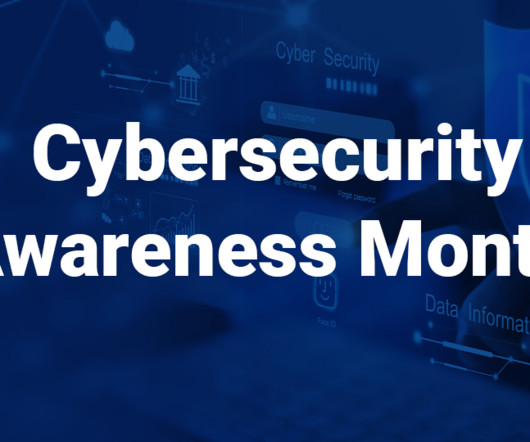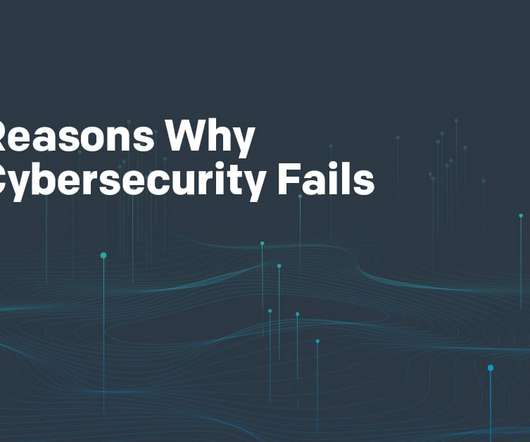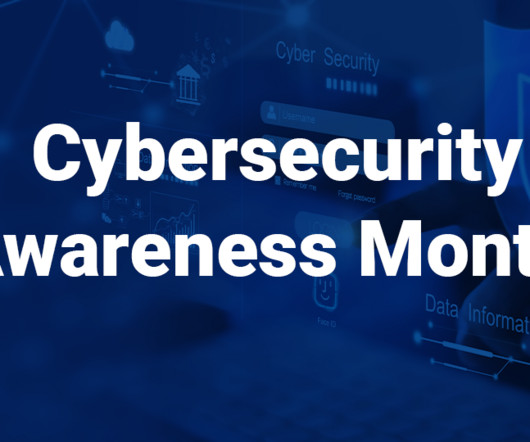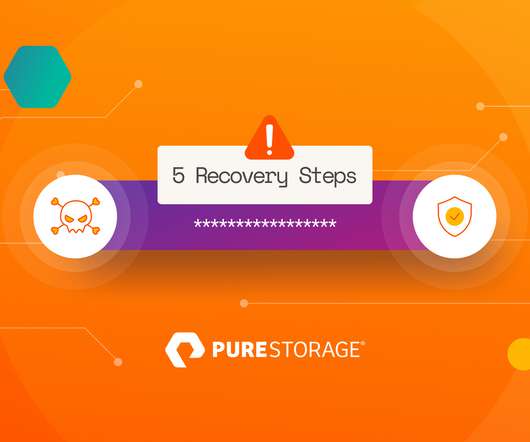Cyber Risk & Your Supply Chain: Managing the Growing Threat
NexusTek
JANUARY 17, 2024
Capitalizing on human error and a host of other vulnerabilities, threat actors increasingly exploit weak links in supply chains to gain access to bigger targets up the chain. The malicious code redirects users to a compromised website that hosts the threat actor’s malware.



















Let's personalize your content